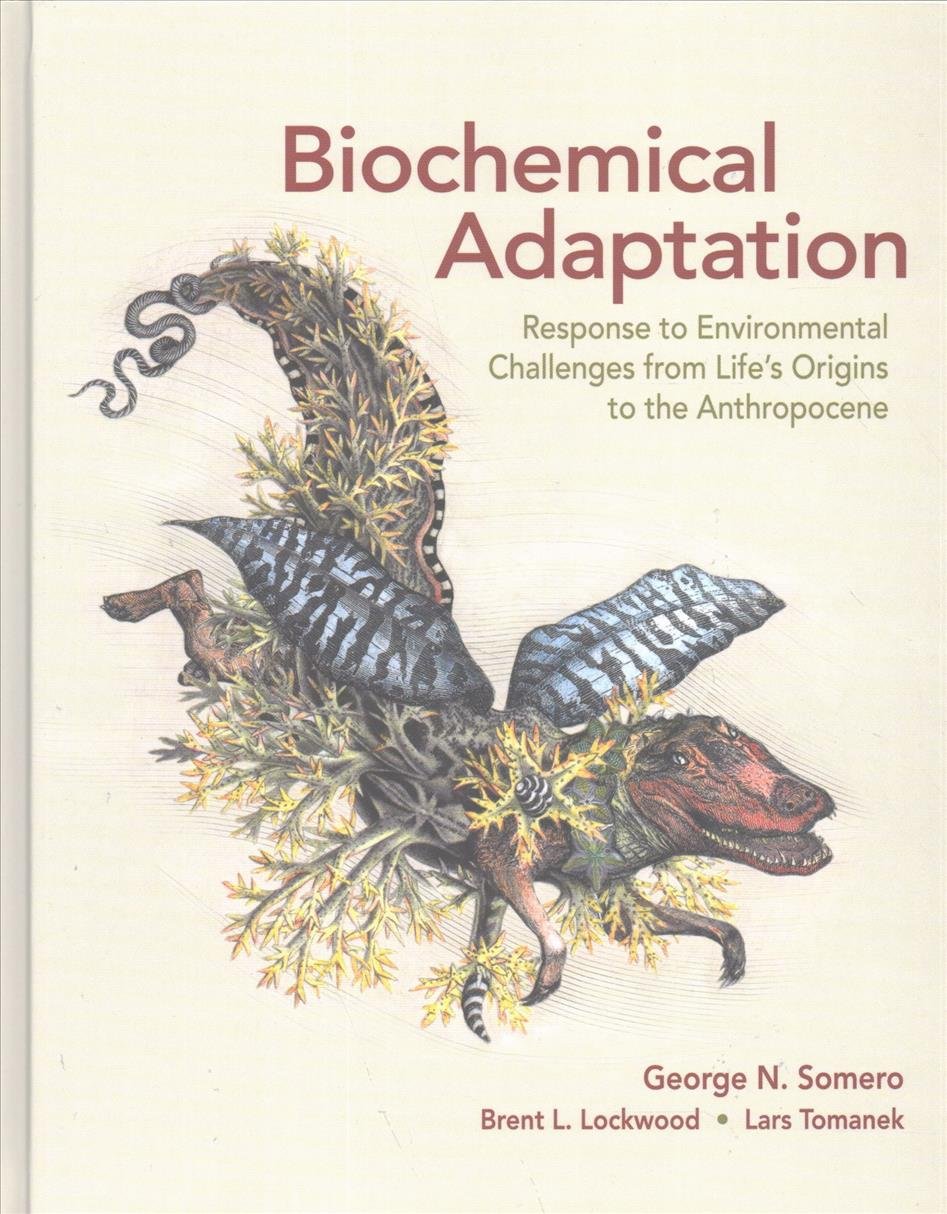The abiotic characteristics of the environment–including temperature, oxygen availability, salinity, and hydrostatic pressure–present challenges to all biochemical structures and processes. This volume first examines the nature of these perturbations to biochemical systems and then elucidates the major adaptive strategies that enable organisms from all Domains of Life–Archaea, Bacteria, and Eukarya–to conserve common types of biochemical structures and processes across a wide range of environments. In addition to these conservative adaptations that foster a biochemical unity among diverse species, other adaptations can be viewed as innovative changes that enable organisms to exploit new features of the environment that may themselves be the result of biological activities. The opening chapter outlines the basic principles of biochemical adaptations and raises the questions that serve as the focal points for the detailed analysis found in the next three chapters, which are devoted to the study of relationships involving oxygen, temperature, and water-solute effects. In these three chapters, the effects of the variable in question on fundamental biochemical processes and structures are examined. This analysis forms a basis for the subsequent analysis of how adaptive changes modify biochemical systems to establish environmental optima and tolerance limits. This analysis includes examples from all Domains of Life to emphasize the commonality of the fundamental strategies of biochemical adaptation. The final chapter examines the challenges organisms face from the rapid environmental changes that are occurring in the Anthropocene. The effects of co-occurring changes in multiple stressors are examined to provide a realistic and integrative analysis of effects of global change. The underlying genetic capacities of different types of organisms to adapt to rapid environmental change are discussed to provide a basis for predicting the relative success different speci …












